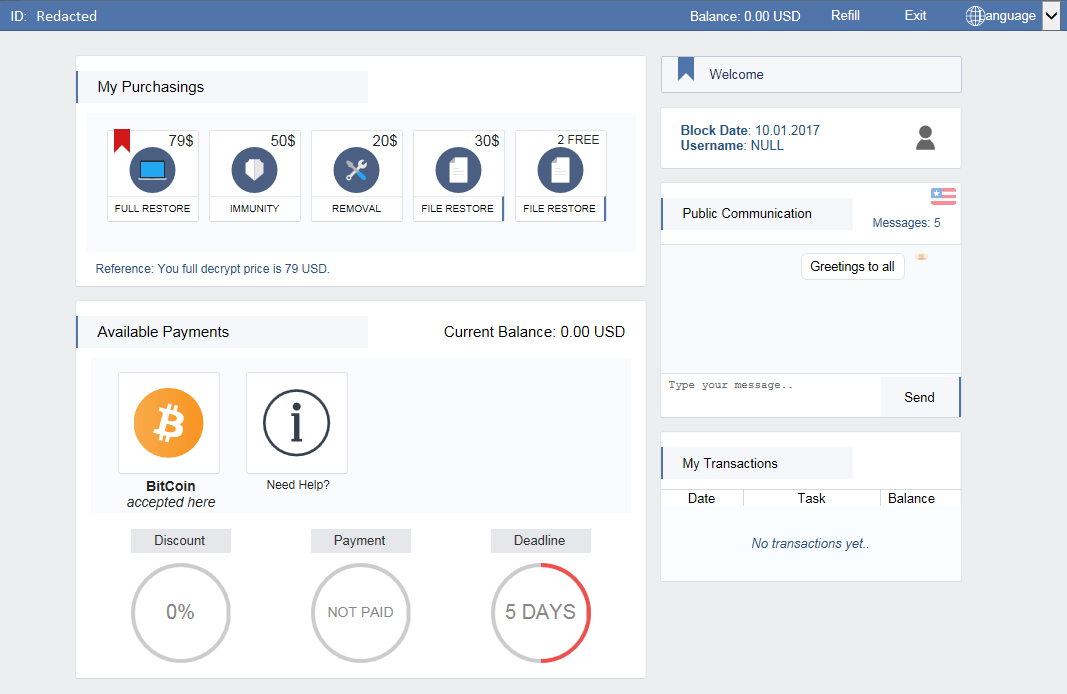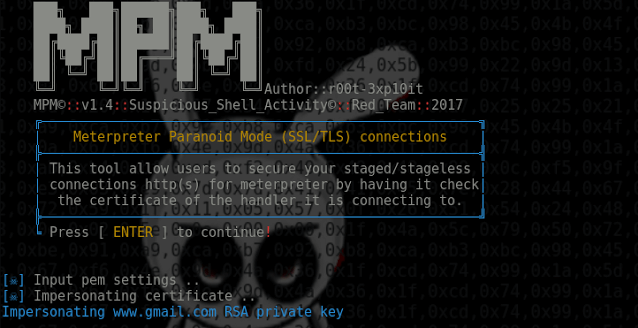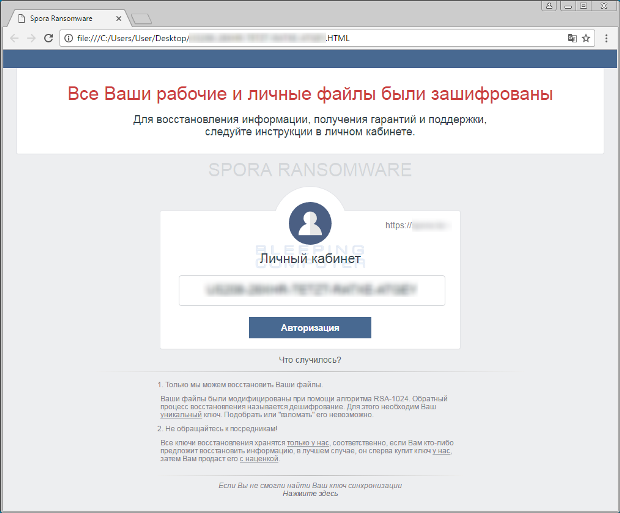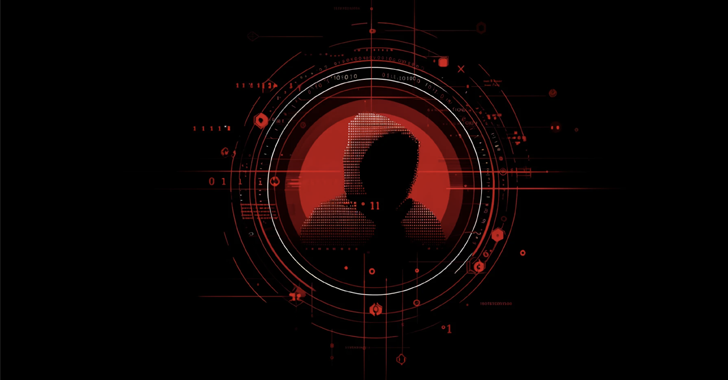Ransomware is a kind of malware that keeps or cutoff user’s from getting their System, either by locking the system’s screen or by locking the user’s files unless the ransom is paid. A new ransomware made it presence “Ransomware that works offline – Meet the Spora Ransomware”.
Spora ransoware was originally spotted by ID-Ransomware today, it got more attention because of its unique components and the abnormal state of refined skill in both usage and presentation.
Complicated Key Generation
Spora utilizes a blend of both Symmetric(AES) and Asymmetric(RSA) for the encryption process.To support encryption on a system, the Windows CryptoAPI is utilized.
Once Spora Ransomware hit your system, it will first discover and decode the malware creator’s public RSA key inserted inside the malware executable utilizing a hard-coded AES key.
Once the malware creator’s public RSA key has been effectively imported, the malware proceeds by making another 1024 piece RSA key pair, which we will call as the victim’s RSA key pair, consisting of both a private and public key.
It will also generate a new 256 bit AES key to encrypt the victim’s private RSA key with. Once the Victims private RSA key is encoded, the AES key used is then encrypted utilizing the malware creator’s public RSA key.
Finally, the encrypted key material together with some extra data is then saved inside the .KEY file.
To encrypt a record or document on the system, Spora will first create a new AES 256bit per-file key. This per-file key serves to encrypt up to the first 5 MB of the document. Once done, the malware will encrypt the per-file key utilizing the victim’s public RSA key and the RSA-encoded per-file key is attached to the encrypted document.
Language Use in Spora development
Spora is composed in C and is packed utilizing the UPX executable packer. Not at all like most ransomware families, Spora doesn’t rename records it encodes, so there are no particular document extensions connected with it.
While affecting a system, it drops a pleasantly outlined HTML-based ransom note and a .KEY file. The base name of both documents is indistinguishable to the client ID the ransomware allocates to every client. The Ransom note is composed in Russian:


A couple of things promptly got consideration: Firstly, the presentation and the user interface itself have an excellent, practically lovely, look. Also, and not at all like other ransomware, the payment it requests appeared to be relatively low.


The site additionally highlights a chat box where you can speak with the offender which, while not usual, is fairly extraordinary.
Likewise Also Read : No more ransom adds immense power to globe against Ransomware Battle
Distribution and Infection
Spora focusing on primarily Russian clients through messages putting on a show to be a receipt from 1C, a well-known accounting program in Russia and many USSR countries.
The as of now observed document name is “Скан-копия _ 10 января 2017г. Составлено и подписано главным бухгалтером. Экспорт из 1с.a01e743_рdf.hta” which would mean “scan-copy _ 10 Jan 2017. Composed and marked by the chief accountant.
a HTA document.

The JScript is encrypted and muddled to keep away to avoid detections utilizing custom algorithms and CryptoJS. If you somehow happened to dismiss the muddling, you would locate an extensive BASE64 encoded string, which contains the malware executable.
The motivation behind the script is to decipher said string and drop two records into the client’s %TEMP% folder.
- doc_6d518e.docx
- 81063163ded.exe
Afterward, the JScript dropper will try to open or execute both and then quit. The first file is a document that contains invalid data, causing WordPad or Word to display an error when attempting to open it:

Seems this conduct is purposeful to occupy consideration far from the way that the normal record isn’t there by imagining that the document has been damaged during the exchange.
The corrupt report likewise makes the client less suspicious of the malicious HTA record that they just ran. The second record is the genuine ransomware that does the encoding of the information.
Unless other ransomware, Spora doesn’t focus on countless files. The current version of Spora only goes after files with the following file extensions:
.xls, .doc, .xlsx, .docx, .rtf, .odt, .pdf, .psd, .dwg, .cdr, .cd, .mdb, .1cd, .dbf, .sqlite, .accdb, .jpg, .jpeg, .tiff, .zip, .rar, .7z, .backup
Also to avoid damage to computer bootup process, Spora dosen’t infect system’s default folders.
program files (x86) games windows program files
Common Defenses against Ransomware :










